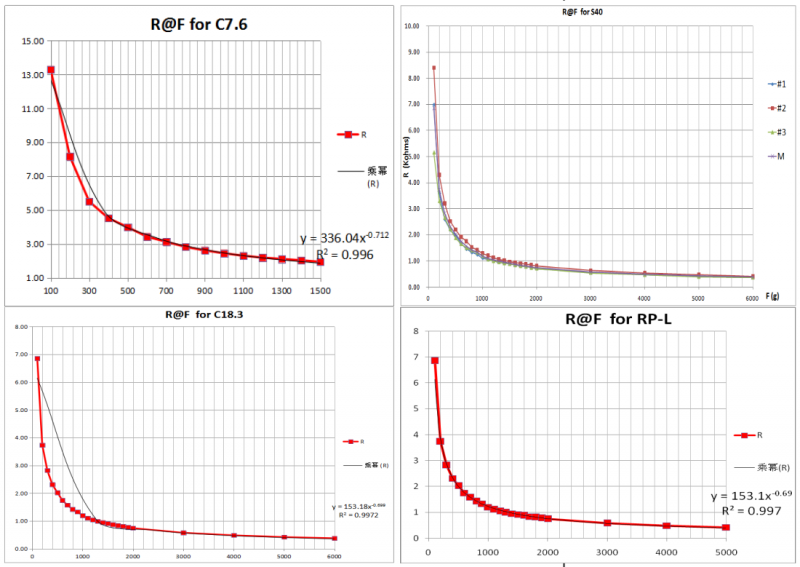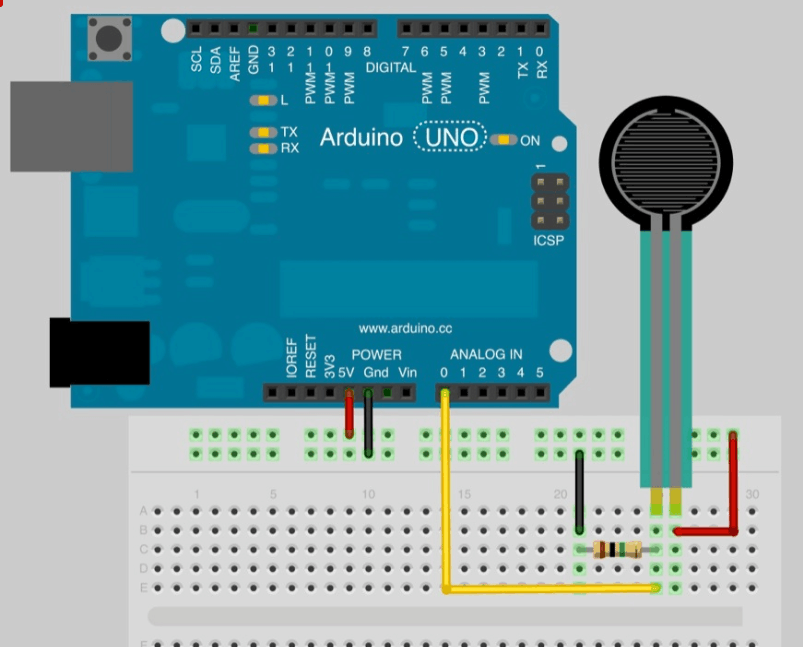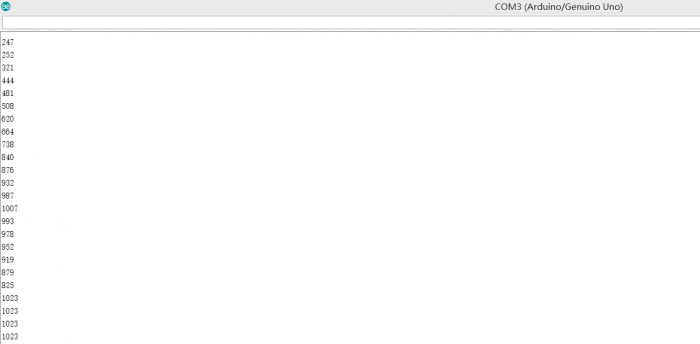Out Of Stock
Description
These flex sensors feature great flexibility and easy to use, peel off the protective cover and stick the sensor on the surface we want to detect, then it works. Their advantages of recording the intensity and frequency of force make them widely used in all kinds of applications, such as pressure switch, bed monitoring system, intelligent sneaker and medical device system.
The 7 flexible pressure sensors are made of an ultra-thin film of excellent mechanical property, excellent conductive materials and nanometre pressure-sensitive layers. There are thin film and pressure-sensitive layer on the upper layer of the sensor, and thin-film and conductive circuit on the lower layer. These two layers are glued together by double-sided tape. When outside pressure applies to the active area, the disconnected circuit of the lower layer will be connected through the pressure-sensitive layer of the upper layer, by which to convert pressure into resistance. The output resistance decreases as pressure increases.
The sensor is durable and designed to sense static and dynamic pressure in a pretty high respond speed.
Specification
- Thickness
- SEN0293: 0.35mm
- SEN0294: 0.4mm
- SEN0295: 0.4mm
- SEN0296: 0.45mm
- SEN0297: 0.3mm
- SEN0298:0.3mm
- SEN0299:0.35mm
- Trigger Force
- SEN0293: ‹20g, trigger when default resistance‹200kΩ
- SEN0294: 20g, trigger when default resistance‹200kΩ
- SEN0295: 20g, trigger when default resistance‹200kΩ
- SEN0296: 20g, trigger when default resistance‹200kΩ
- SEN0297: 30g, trigger when default resistance‹200kΩ
- SEN0298: 30g, trigger when default resistance‹200kΩ
- SEN0299: ‹20g, trigger when default resistance‹200kΩ
- Pressure Measuring Range
- SEN0293: 20~10kg or larger
- SEN0294: 20g~6kg
- SEN0295: 20g~6kg
- SEN0296: 20g~10kg
- SEN0297: 30g~1.5kg
- SEN0298: 30g~1.5kg
- SEN0299: 20g~10kg or larger
- Static Pressure & Dynamic Pressure Measurement
- Initial Resistance: ›10MΩ
- Activation Time: ‹0.01S
- Operating Temperature: -40℃~+85℃
- Lifespan: ›1million times
- Hysteresis: +10%,(RF+ -RF-)/FR+,1000g Force
- Response Time: ‹10ms
- EMI: Not generate
- EDS: Not generate
- Drift: ‹5%, 1Kg Force, Static load 24H
Tutorial
We use a flex sensor together with Arduino UNO mainboard in this tutorial, and the tutorial will demonstrate how does the serial port output change under different pressure conditions.
Requirements
- Hardware
- DFRduino UNO x1
- Thin Film Pressure Sensors x1
- Computer x1
- Dupont Wires
- Software
- Arduino IDE
Resistance vs Force
- The abscissa: force (g)
- The ordinate: resistance (Ω)

When the outside force applies to the active area, the disconnected circuit of the lower layer will be connected through the pressure-sensitive layer of the upper layer, by which to convert pressure into resistance. The output resistance decreases as force increases. That is to say, the sensor output different resistances under different force conditions. The relationship between resistance and force is shown in the above figure. The abscissa represents force and the ordinate is resistance. As the picture shows, when the force applying to the sensing area is too strong or weak, the slope will be correspondingly too large or small. So these sensors are more suitable for the qualitative measure. There would be large data errors if using the sensor in quantitative measure.
- R@F for C18.3:SEN0294, SEN0295
- R@F for S40:SEN0296
- R@F for C7.6:SEN0297, SEN0298
- R@F for RP-L:SEN0293, SEN0299
Connection Diagram

Sample Code
/***************************************************
* Piezo Vibration Sensor
* ****************************************************
* This example The sensors detect vibration
* @author linfeng(490289303@qq.com)
* @version V1.0
* @date 2016-2-26
* GNU Lesser General Public License.
* See Expected Results

The serial data changes as above when we press the sensor. The serial data decreases linearly as the force increases. We recommend you use the sensor in qualitative measure.